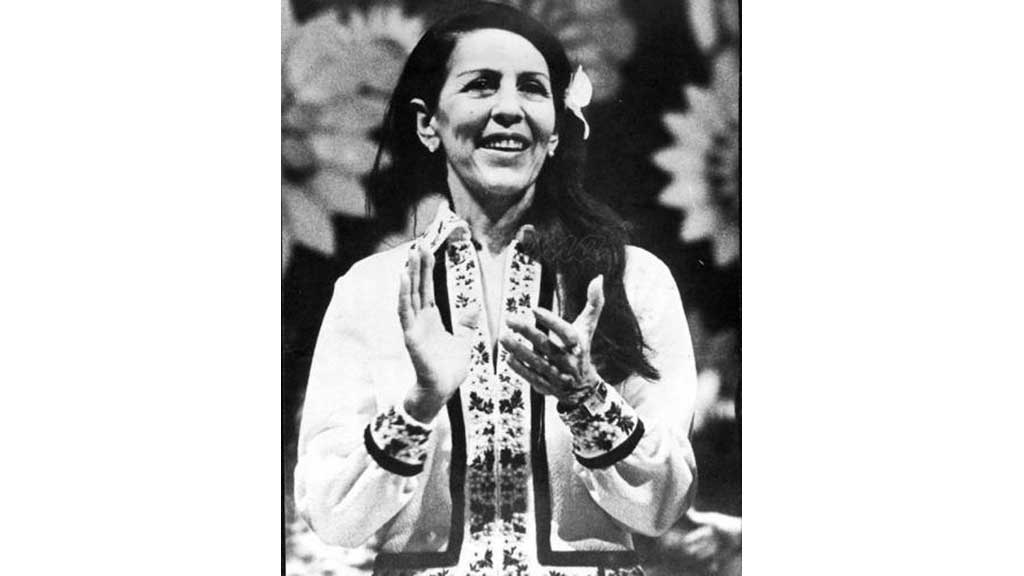The president highlighted, on his Twitter account, her efforts to make Cuba more beautiful and also saying that she is considered “the most autochthonous flower of the Revolution”.
Born in the eastern part of the country, Sanchez was involved with organizations opposed to the dictatorship of Fulgencio Batista (1952-1959) until she became part of the 26th of July Movement, led by the historic leader, Fidel Castro.
Her hard work in the underground led her to play a decisive role in the preparation of the landing in Cuba of the 82 expedition members of the Granma yacht, which sailed from Mexico on November 25, 1956 to begin the struggle against the dictatorship.
She later became the first woman fighter of the Rebel Army in the mountains of the Sierra Maestra, and was also the main promoter of the creation of the Mariana Grajales women’s battalion, which operated as a support to the guerrilla rearguard.
After the revolutionary triumph of January 1, 1959, she held multiple responsibilities such as Secretary of the Council of State and deputy to the National Peoples Power Assembly, as well as leafing her imprint on numerous social programs and national development projects.
Thanks to the compilation she made of all sorts of documents during the national liberation struggle in the eastern mountains, it was possible to create the Office of Historical Affairs of the Council of State in 1964.
Considered one of the most beloved personalities of the Cuban people, Celia Sanchez worked for more than two decades beside Fidel Castro, and died in Havana on January 11, 1980, victim of cancer.
jrr/jav/mem/kmg










